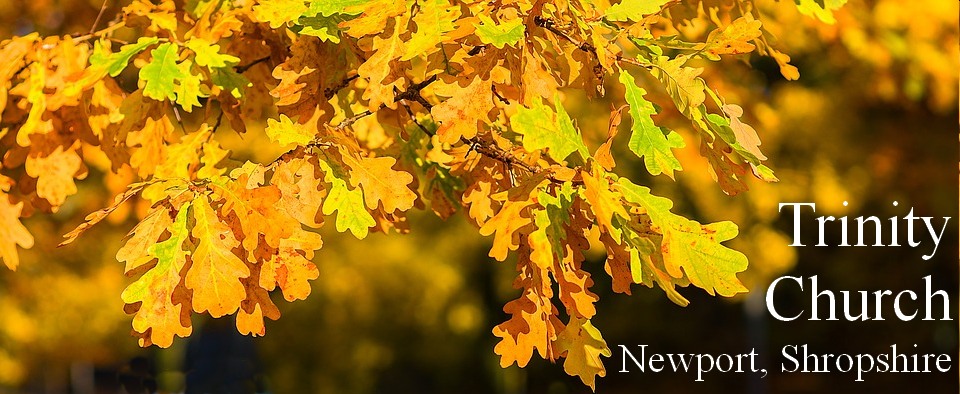“Non-believers outnumber the faithful by widest margin yet” So shout the newspaper headlines. Faith is apparently on the decline. Churches are closing all over the place. The headlines come from figures in the recent British Social Attitudes Survey which show that the number of people who claim to have “no religion” now outnumbers those who do claim to have a religion. So is religion becoming extinct? Are religious folk an endangered species? Let's look a bit closer at the survey figures.
The apparent big decline in religion has actually been among those who claim Anglican affiliation or “C. of E.” Since the year 2000 the overall number of such people has dropped from 30% to 15%, and this almost matches the increase in the “no religion” group. The “C. of E.” link is still quite high for older people, but among the young there has been a major drop, with only 3% now professing an attachment. No longer does the quip apply “I'm not religious, I'm C.of E.” One is more likely to encounter the “spiritual not religious” tag, perhaps indicating disillusion with organised religion. In general there has been a loss of nominal attachment to a religion, a change of the cultural default position from “religion” to “no religion”. People no longer opt out, they opt in instead. The actively anti-religious are only a small minority, most are just indifferent, seeing religion as irrelevant to their lives.
But are people in themselves really becoming less religious? Probably not, surprisingly. It all depends on how you ask the question. Instead of being asked about their religion, if people are asked about how religious they are, a different picture emerges. According to a recent YouGov survey, in every age group from the young to the old around 60% of people consider themselves “non-religious”, about 30% are“somewhat religious” while only 5-15% say they are “very religious”.There is no progressive change from the old to the young. It looks as if it is part of one's make-up and the actual proportion of non-religious people in the population is not thought to have changed much over the centuries.
How far is all this reflected in active church membership? It now stands at just 9%, interestingly very close to the proportion of “very religious” people in the population. Some 30 years ago the figure was 14% so it has certainly been dropping, but will it drop still further or has it consolidated at a hard core of “very religious” people? Time will obviously tell, but there are early signs of a change of direction. There is increasing public interest in religious issues, some would even discern a growing hunger for the spiritual. While certain denominations appear to be experiencing continuing loss, others are advancing steadily. Attendance at cathedrals is known to be increasing, some churches have achieved significant growth in attendance, even large increases at times. Perhaps Matthew Arnold's “melancholy, long withdrawing roar” of the “Sea of Faith” is coming to an end and the ebb tide has started to turn to the flood, despite those gloomy prognostications from the journalists.
What is it that makes some churches grow today while others are still shrinking?
How can Trinity ensure it is part of the flood tide, not the ebb tide?
David Tidy
